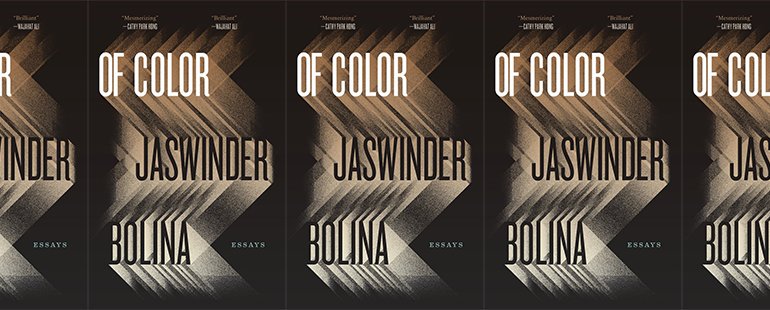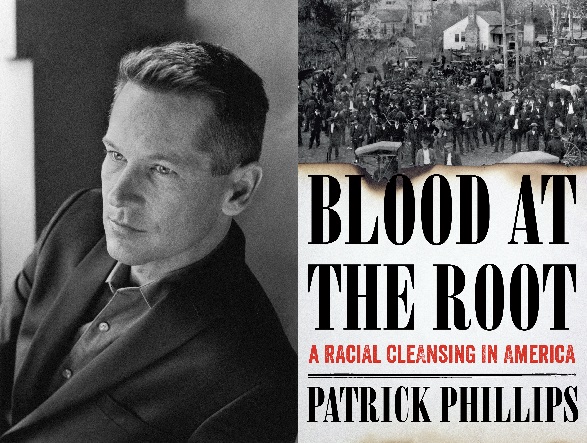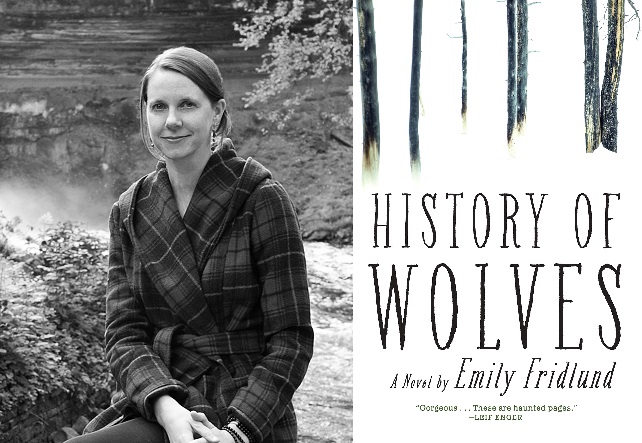Of Color by Jaswinder Bolina

Of Color
Jaswinder Bolina
McSweeney’s | June 30, 2020
In Of Color, an eminently readable, tailored essay collection, poet and essayist Jaswinder Bolina explores the complicated ground about being “of color.” As the U.S.-born son of Punjabi immigrants, Bolina conveys how the complexity of integration often demands a denial of cultural origins in order to belong: “The word we use for this process, assimilation, shares a Latin root with the word similar, implying that the outsider will be accepted simply by becoming more like his neighbors,” he writes. “But such becoming demands the negation of the old identity to make room for a new one, and, in this, assimilation is a destructive, rather than constructive, process.” Bolina’s book seeks to perform a different endeavor—not erasure, but rather recognition of all that is similar and different among us. His tools—empathy, the ability to face difficult aspects of himself and others, and, of course, the gift of language—create a space for both old identities and new, for himself, others, and our society at large.
The first essay in the book, “Empathy for the Devil,” opens with a conversation between Bolina and a man who is a naturalized citizen, in the immediate aftermath of 9/11. The man seems to understand the perpetrator’s mindset even as he emphatically sides with his adopted country in seeking justice for such murderous actions. He uses the pronoun “they” in speaking about both the U.S. and the culprits, underlining the intricacies of the dualities—and at times multiplicities—of identity in this country. “They,” a code word for the Other, weighs heavily in our language and is often used to subtly separate—something that isn’t the purview of white citizens only. Bolina’s friend doesn’t mean that the attacks were justified, but is trying to get at the fact that even as a pacifist, “something in him recognizes a portion of every sorrow, a flash of every anger.” Bolina marvels at this ability to see “through both sides of the bullet hole,” and is determined to be alert to his own hypocrisies whether public or private. Throughout the collection, Bolina works to dismantle these internal and external entrapments, which may “offer our best rescue from alienation, apathy, and atrocity, from ourselves and each other.”
In “Writing Like a White Guy,” Bolina turns to his own life to tackle the limited advancement opportunities most immigrants face in their adopted culture and the kinds of self-erasure that are often accepted in order to get ahead. In the essay, Bolina recalls his father encouraging him to use a pen name—in his own experience, in the manufacturing world, “If your name isn’t Bill or Earl or Frank Malone you don’t get promoted. You mind the machines. Bills and Earls supervise. Frank is the name the bosses go by . . . So, when my dad suggests I use a pseudonym, he’s only steadying my two-wheeler, only keeping me from swimming too far out of the shallows at Foster Avenue Beach.” Bolina is sympathetic to his father’s perspective, imagining the racism he’s endured, but his own experiences are generationally and culturally different. He’s adept at speaking the language of his time—literally and figuratively—and that provides him a visa into other realms. Yet, the challenging experiences of his father and other family members that populate this collection return repeatedly, a plumb line that stabilizes, anchors, and deepens Bolina’s investigations. It is clear that he can never not be of color, regardless of his success.
Unlike his father’s workplace, Bolina’s is a factory of language, which has its own structures, unwritten rules, and barriers. How, for example, do class, color, and economics play into what opportunities there are for the creators among us? How many are forced to mute their natural rhythms, syntax, and content to fit into a narrative that the gatekeepers will find acceptable? “When I write, the language belongs to me,” Bolina says as he explores how many voices don’t get their due because one or two people of color have already been allowed into the public domain, fulfilling an arbitrarily determined quota for how many non-white creators may sit at the table. His discussion of artistic product, audience, and the professional arbiters of who is given financial support and a platform is critical, especially now, as we finally reframe those issues to accomplish necessary change in creative institutions. His concern that “consumers of poetry are almost exclusively those who also produce it” is equally true in fiction, television, cinema, and theater. “The only true job of the poet is to destabilize and expand language,” he writes. “This is how poetry changes the world: by the plodding unending effort of all of us to alter line by line, phrase by phrase, word by word, the way we describe ourselves and everything we encounter.” Yet there is an underlying friction that can’t be easily resolved: “The product of all these factors together is that the writing, this essay included, can’t seem to help sounding white . . . . I can no more write as a white guy than I can pick my skin color. I’m not sure where this leaves me.” Bolina’s determination to continue to navigate this road throughout this collection, despite uncertainties in his contemplations of race and the American and immigrant psyche, parallels the lack of easy answers in our national conversations about race, as well as the necessity of continuing to have them.
Bolina’s essays are at their best when he weaves anecdotes about his family with broader issues around immigration, representation, and identification. In “American, Indian,” Bolina explores how immigrants have supported each other emotionally and otherwise, writing beautifully about his aunt and uncle—his American bhua and phupher, “the middle of my father’s three older sisters and her husband”—who offered a soft landing to many entrants, beyond those directly related to them. Bolina then remarks on the societal shift to closing one’s doors—and minds—as well as the harm done by choosing to see one’s success as beholden to no one and nothing. He writes of cousins who, though they may still maintain the cultures and habits of their origin countries, have assimilated so deeply into the American mindset that they have lost their ability to see other immigrants as “us.” How even some elder generations—perhaps those of bhua and phupher’s—are pro-Trump or complain of the “they” who are “coming for their jobs.” This loss of the ability to see “both sides of the bullet hole” signals the most unfortunate possible outcome of assimilation: the erasure of not just identity, but memory—the forgetting of stories and ancestors and connections only to become an “of color” example of the “exclusionary and supremacist mindset,” and the forgetting the example of the bhuas and phuphers, of the resources and magnanimity that brought them to these shores and allowed them to flourish. Conversely, Bolina honors the work of his bhua and phupher, using the resources at his disposal through language. This collection serves as a memory, an investigation, an honest appraisal, and, perhaps, an open hand to those who need to be seen and offered a seat and a microphone.
Bolina explores his own past in “My People,” one of the most affecting essays, about his neighbors when he was growing up in the Chicago suburbs. As immigrants from different cultures, the two families exchange meals in each other’s homes, Bolina’s parents offering lamb masala and samosas, and the Bavarian neighbors offering “pastries that should have been sold in a European bakery for two dollars an ounce.” Once, one of the neighbors sees an image of a Bolina ancestor in soldier’s garb, and proudly shows a photograph of his own family member in military wear—the uniform of the SS—as a point of similarity. The reader experiences the shock of this disclosure—how would we feel now if we discovered that someone we cared for had a family member from “the wrong side” of history, of inhumanity?—though Bolina appreciates that the neighbor wasn’t underscoring politics, but connection. “In that moment, my father and the neighbor gathered in a better version of this country, one based on a democratic erasure of the past and the creation of a common identity. We’re in this together, we say, even as we quarrel over the question of who exactly we means.” The neighbor passed away after a number of illnesses, and the final image that Bolina sketches for us is poignant: “I can tell you he was a lovely guy. He was one of my people, and I miss him.”
Of Color explores the experience of being of color, being an immigrant, being American, and being human with an admirable fluency, entrusting us with an honest conversation that we all should be having with each other. We are now at a critical, horrifying inflection point, societally and politically. But Bolina’s collection shares the crucial truth: we can only survive if you are my person, and I am yours.


